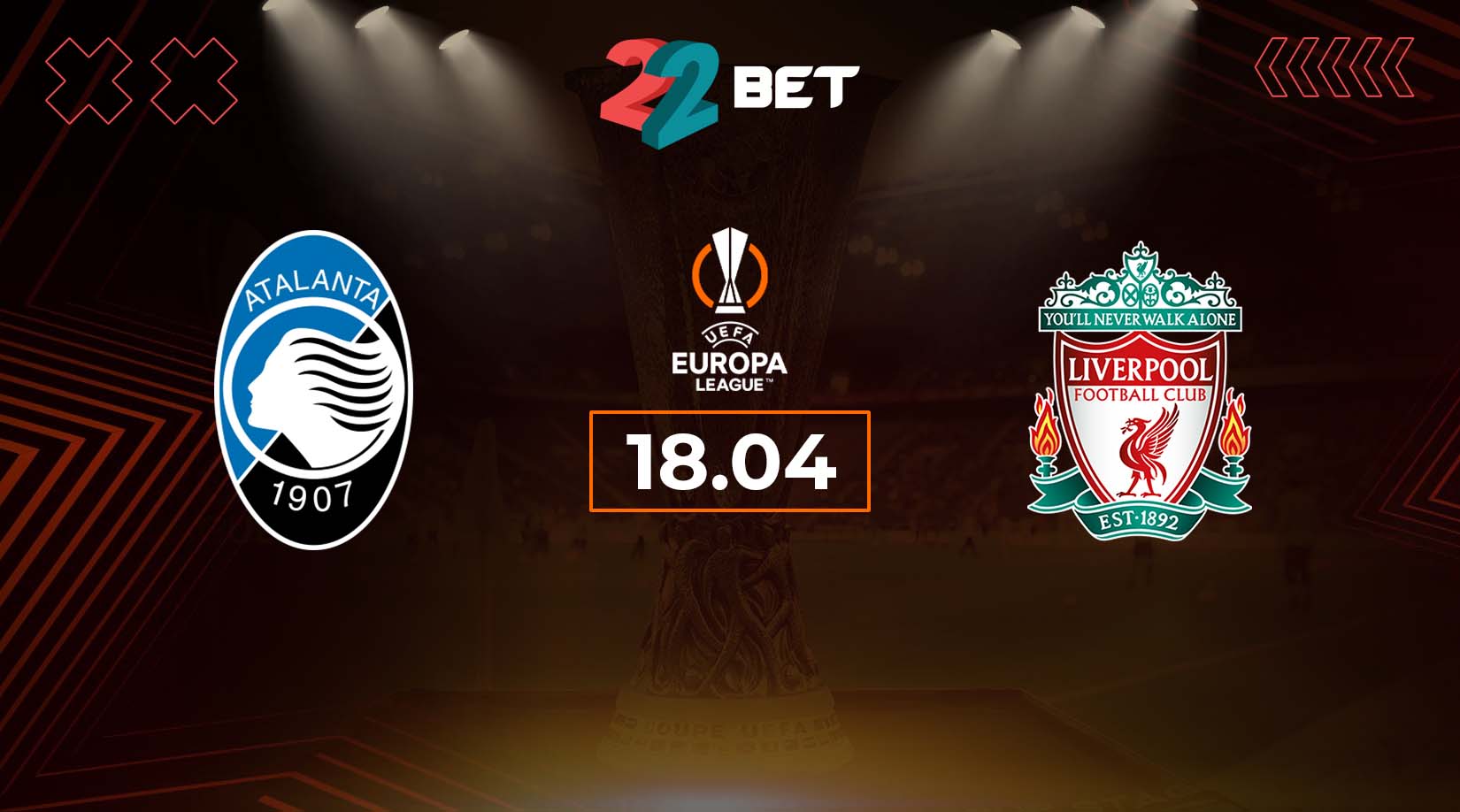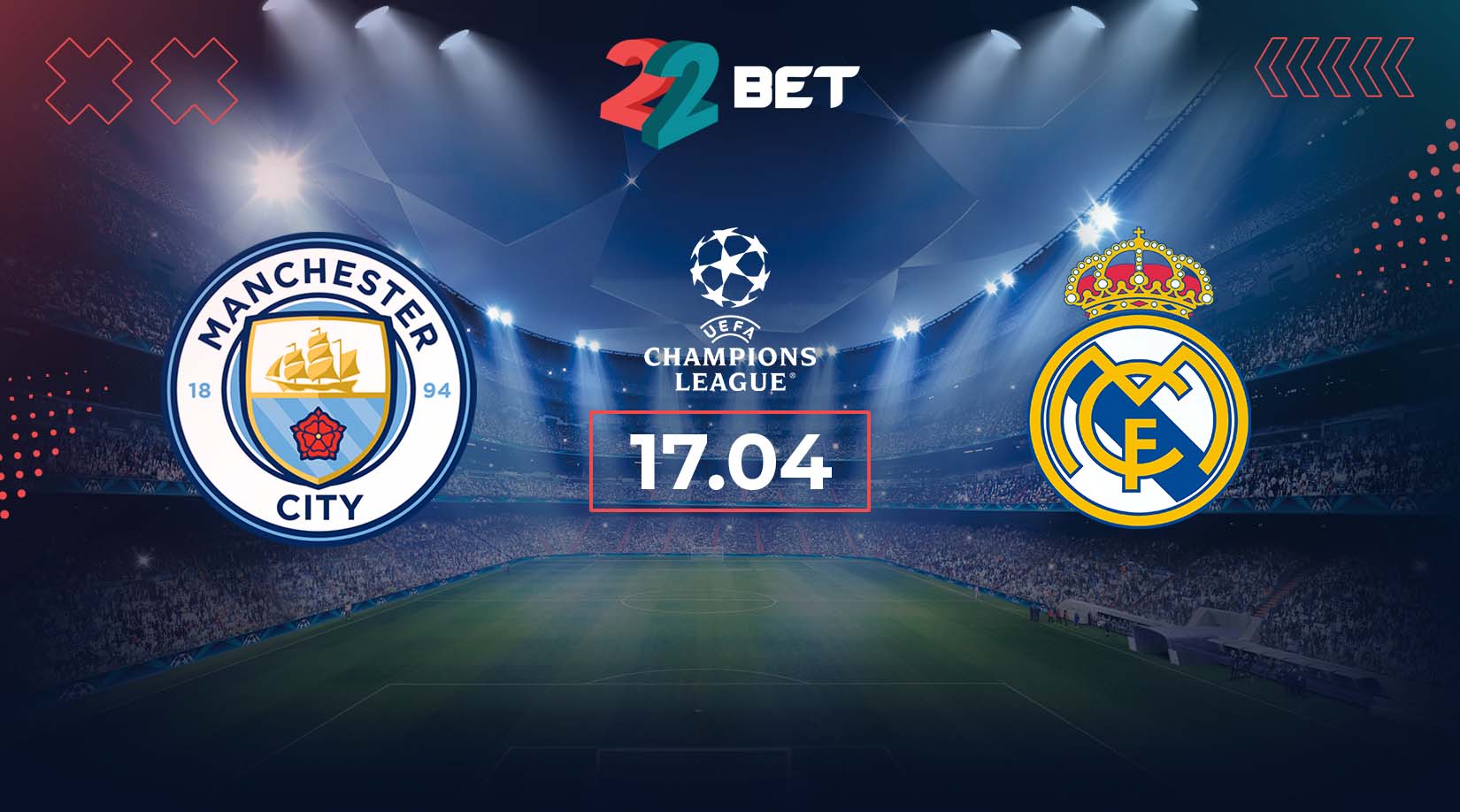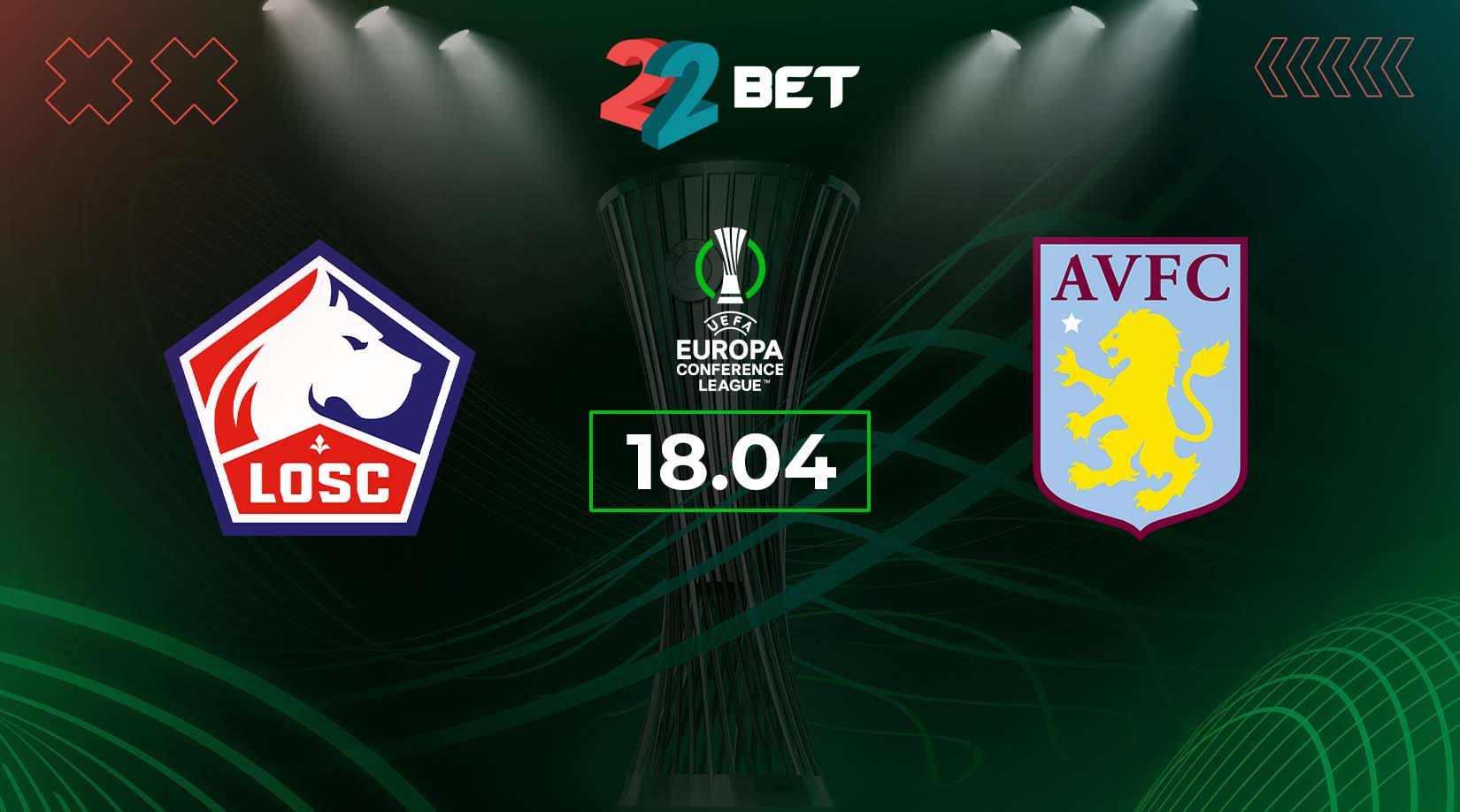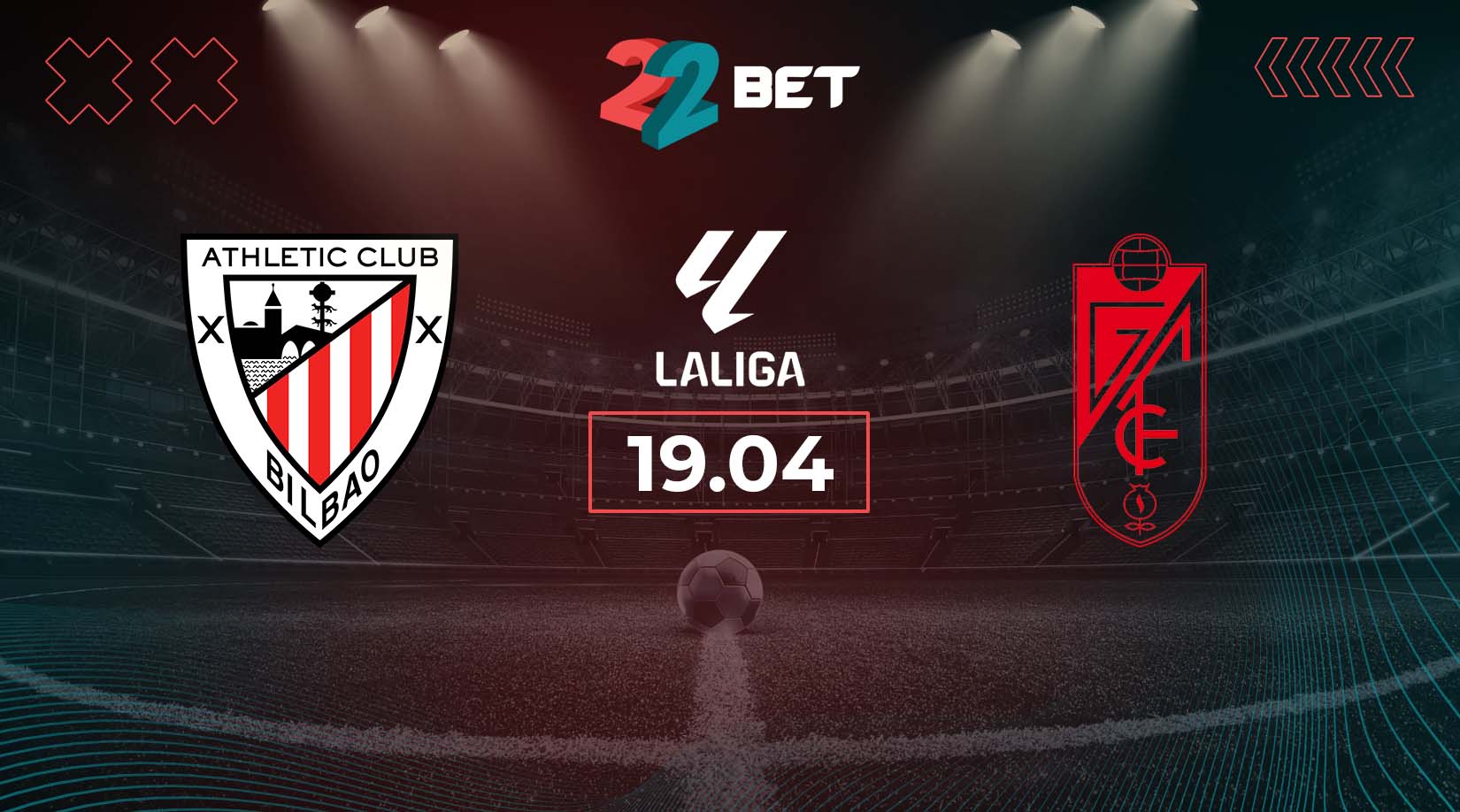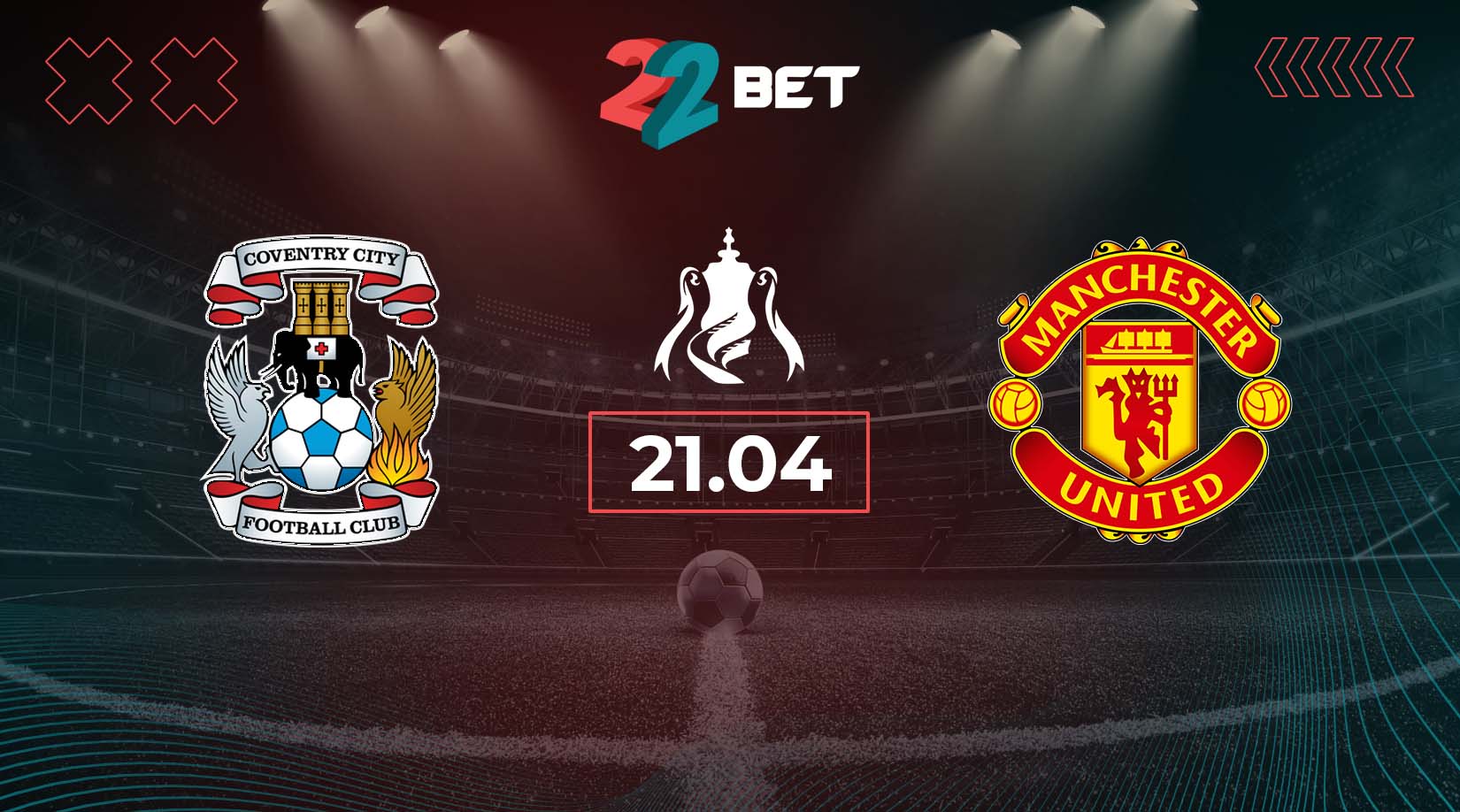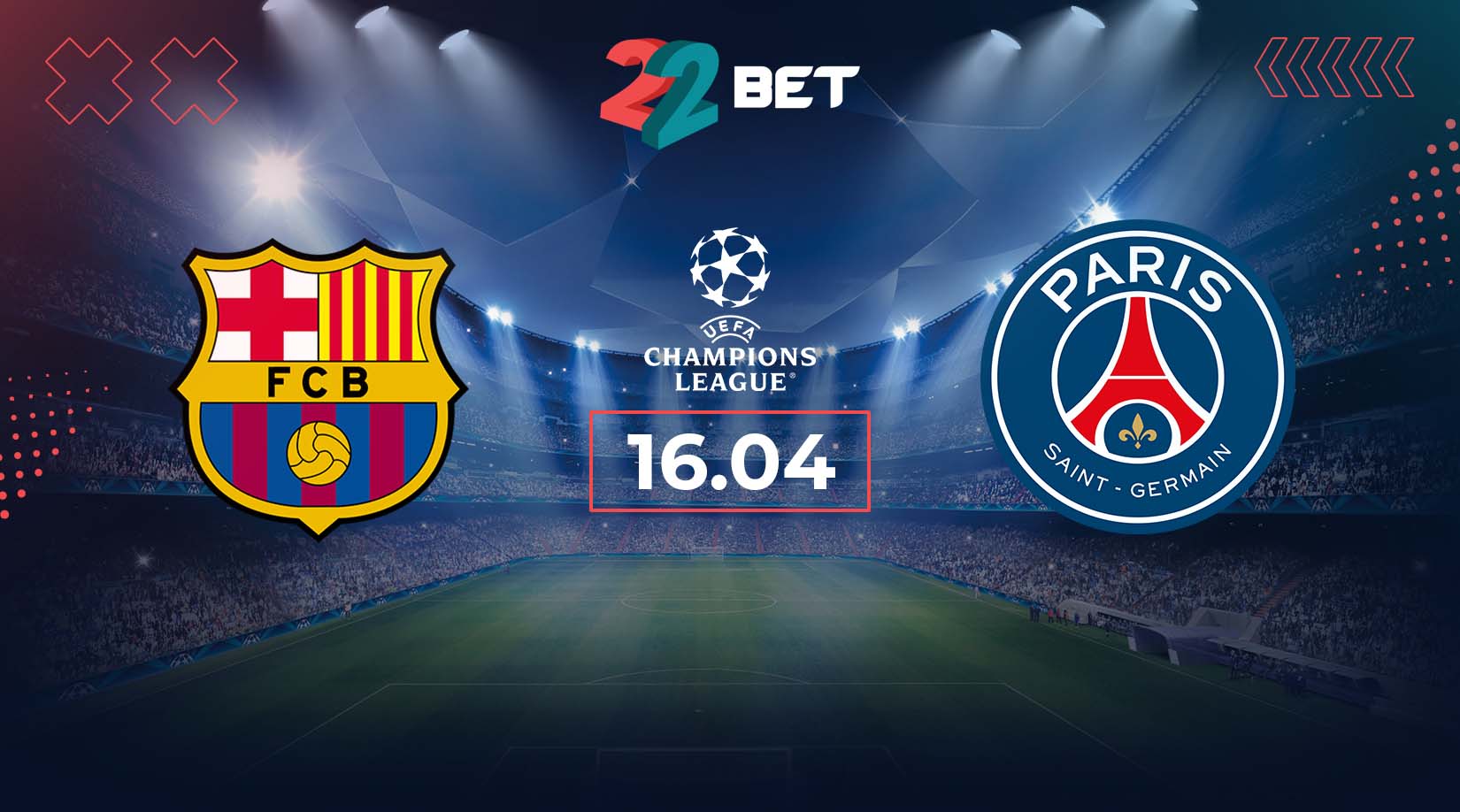

News
News
 Sheffield United vs Burnley Prediction: Premier League Match on 20.04.2024Read more
Sheffield United vs Burnley Prediction: Premier League Match on 20.04.2024Read moreThe bottom two teams in the Premier League will collide this weekend. Sheffield United and Burnley will both be aware...
 Luton Town vs Brentford Prediction: Premier League Match on 20.04.2024Read more
Luton Town vs Brentford Prediction: Premier League Match on 20.04.2024Read moreAn important weekend at the bottom of the Premier League standings will take place this weekend. Luton Town will be...
 Everton vs Nottingham Forest Prediction: Premier League Match on 21.04.2024Read more
Everton vs Nottingham Forest Prediction: Premier League Match on 21.04.2024Read moreEverton and Nottingham Forest will collide in the Premier League on Sunday, with both sides knowing the importance of maximum...
 FC Bayern München vs Arsenal Prediction: Champions League Match on 17.04.2024Read more
FC Bayern München vs Arsenal Prediction: Champions League Match on 17.04.2024Read moreDate and Time: Wednesday, April 17, 20:00 GMT Venue: Allianz Arena Team Overview Bayern Looking to Preserve Impressive Home Record...
 The Impact of Data Analytics on Sports Betting: Leveraging Statistics for SuccessRead more
The Impact of Data Analytics on Sports Betting: Leveraging Statistics for SuccessRead moreAs software and stats programs become more sophisticated, the sports betting industry looks for new ways to take advantage of...
 West Ham United vs Bayer 04 Leverkusen Prediction: Europa League Match on 18.04.2024Read more
West Ham United vs Bayer 04 Leverkusen Prediction: Europa League Match on 18.04.2024Read moreA crucial second leg in the quarterfinal stage of the Europa League will take place at the London Stadium on...
 Atalanta vs Liverpool Prediction: Europa League Match on 18.04.2024Read more
Atalanta vs Liverpool Prediction: Europa League Match on 18.04.2024Read moreThe pressure will be on Liverpool when they return to Europa League action this week. The Reds will have a...
 Manchester City vs Real Madrid Prediction: Champions League Match on 17.04.2024Read more
Manchester City vs Real Madrid Prediction: Champions League Match on 17.04.2024Read moreThe competitive action in the Champions League continues on Wednesday, as a fascinating second leg in the quarterfinals will be...
 Lille vs Aston Villa Prediction: Conference League Match on 18.04.2024Read more
Lille vs Aston Villa Prediction: Conference League Match on 18.04.2024Read moreIt has already been an action-packed week of fixtures, with Chelsea hosting Everton in the English Premier League on Monday...
 Athletic Club vs Granada Prediction: La Liga Match on 19.04.2024Read more
Athletic Club vs Granada Prediction: La Liga Match on 19.04.2024Read moreThe action in La Liga this weekend kicks off on Friday. Athletic Club will be chasing a vital victory in...
 Coventry vs Man Utd Prediction: FA Cup Match on 21.04.2024Read more
Coventry vs Man Utd Prediction: FA Cup Match on 21.04.2024Read moreThere’s plenty going on this weekend across the United Kingdom as the action continues in the English Premier League, Championship,...
 Barcelona vs Paris St Germain Prediction: Champions League Match on 16.04.2024Read more
Barcelona vs Paris St Germain Prediction: Champions League Match on 16.04.2024Read moreDate and Time: Tuesday, April 16, 20:00 GMT Venue: Lluís Companys Olympic Stadium Team Overview Barcelona Looking To Press Their...
News by Tags
- 22Bet Launches the THX 22 Foundation — Its Charitable Arm in Africa
- 22Bet Bonuses Increase for Africa
- 22Bet Sponsors Independent Designers and Sports Content Creators in India
- Kaizer Chiefs vs Al Ahly Prediction: CAF Champions League Final on 17.07.2021
- FC Bayern München vs Arsenal Prediction: Champions League Match on 17.04.2024
- Scotland vs Ukraine Prediction: World Cup Match on 01.06.2022
- Preston vs Cardiff Prediction: EFL Championship on 18.10.2020
- Aston Villa vs AFC Bournemouth Prediction: English Premier League Match On 21.04.2024
- PSV Eindhoven vs Ajax Amsterdam Prediction: Eredivisie Match on 29.10.2023
- Olympique de Marseille vs Benfica Prediction: Europa League Match on 18.04.2024
- 22Bet and Malayali Sports Creators IPL Giveaway!
- Valencia CF vs Real Betis Prediction: La Liga Match on 20.04.2024
- Paris Saint-Germain vs Olympique Lyonnais Prediction: Ligue 1 Match on 21.04.2024
- Aston Villa vs AFC Bournemouth Prediction: English Premier League Match On 21.04.2024
- Euro 2020 Qualification 13.10.2019 Matchday Round Up
- AC Milan vs Inter Milan Prediction: Serie A Match On 22.04.2024
- Ukraine vs Iceland Prediction: Euro 2024 Match on 26.03.2024






